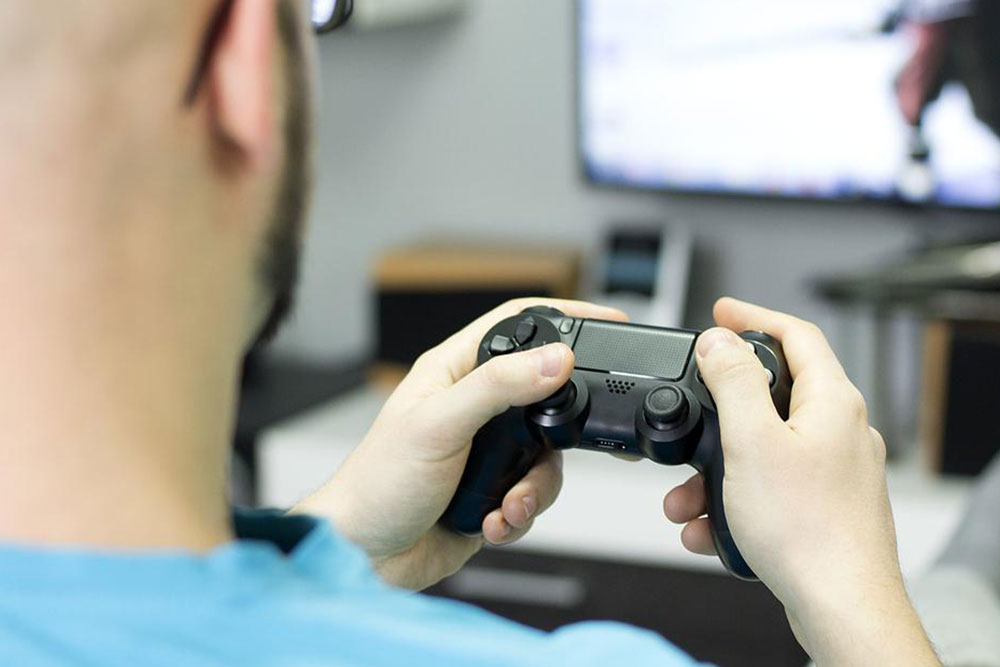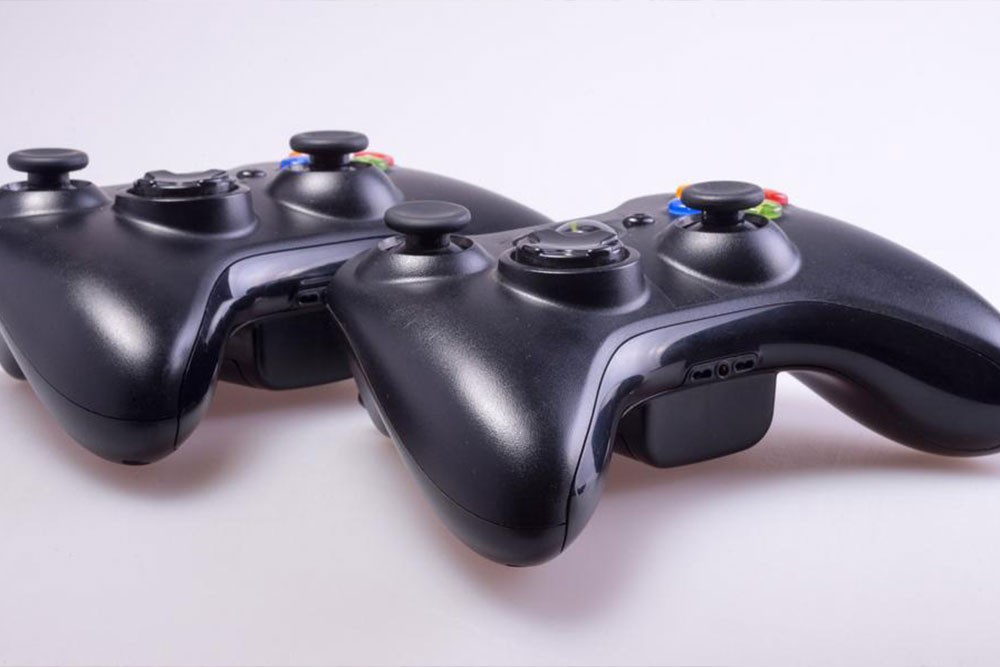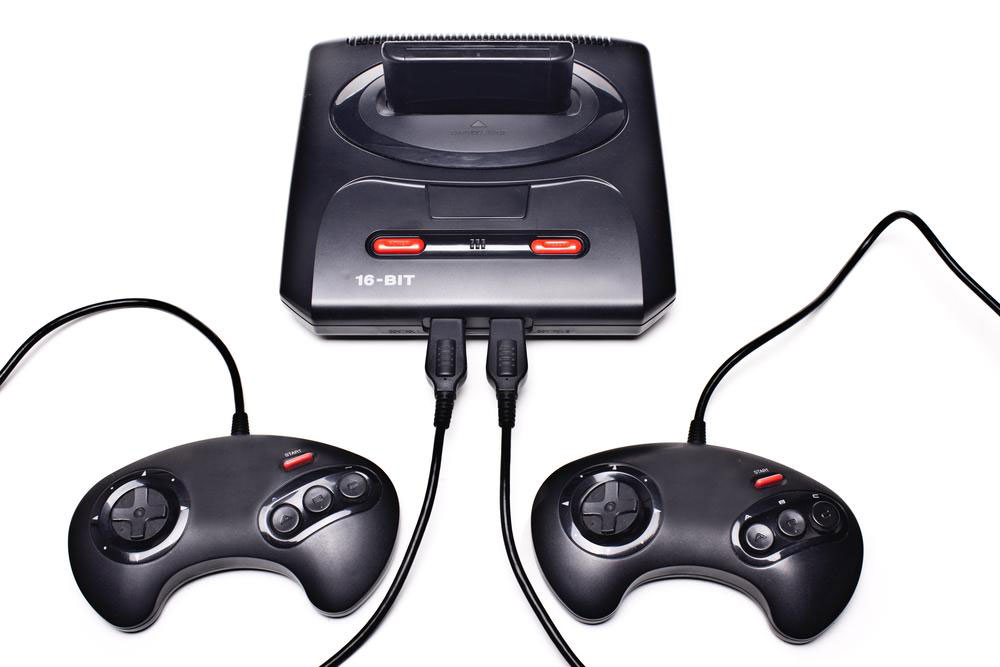Discovering the Unique Features of the NES Classic Edition
Explore the fascinating details of the NES Classic Edition, including its features, technological specifications, and market impact. Learn how Nintendo's iconic console revolutionized retro gaming with modern enhancements and global availability. Discover the history, variants, and challenges faced by this classic gaming device in this comprehensive overview.

Discovering the Unique Features of the NES Classic Edition
Video gaming has roots dating back to the 1960s, marking the start of a booming industry. Over time, the evolution of technology brought about a surge in high-quality games and a variety of gaming consoles from numerous brands worldwide. The market experienced rapid growth with increasing demand for these entertainment systems across the globe.
Among these brands, a notable Japanese company made a significant impact with its innovative product.
The Nintendo Entertainment System (NES) garnered widespread attention thanks to its compelling products. Known for their dedicated gaming consoles designed to simulate NES games, Nintendo expanded globally with offices in Australia and Japan by November 10, 2016. The next day, the brand entered North American and European markets. Prices of NES consoles vary based on different versions and features.
Insights into the NES Classic Edition
The NES Classic Edition is a specialized Nintendo console that emulates 30 classic NES titles. It was released in two variants: one for Japan, resembling the original Famicom, and another for international markets modeled closely after the original NES. The international version included language options and aesthetic adjustments suited for the US market, operating at 60 Hz and supporting eight languages for broader accessibility.The technology behind the NES Classic Edition is advanced, featuring an Allwinner R16 chip, a 4 ARM Cortex processor, 512 MB of Flash storage, and 256 MB RAM, which contribute to its premium performance and justify its higher price point.
Post-launch, the console faced issues with hacking and counterfeit versions, impacting sales and pricing. Nintendo responded swiftly, halting manufacturing in April 2017, with plans to resume production in 2018.









